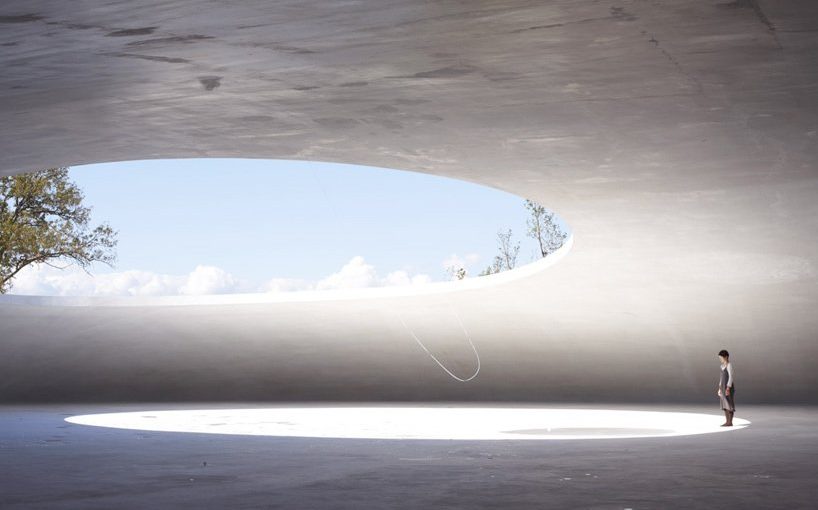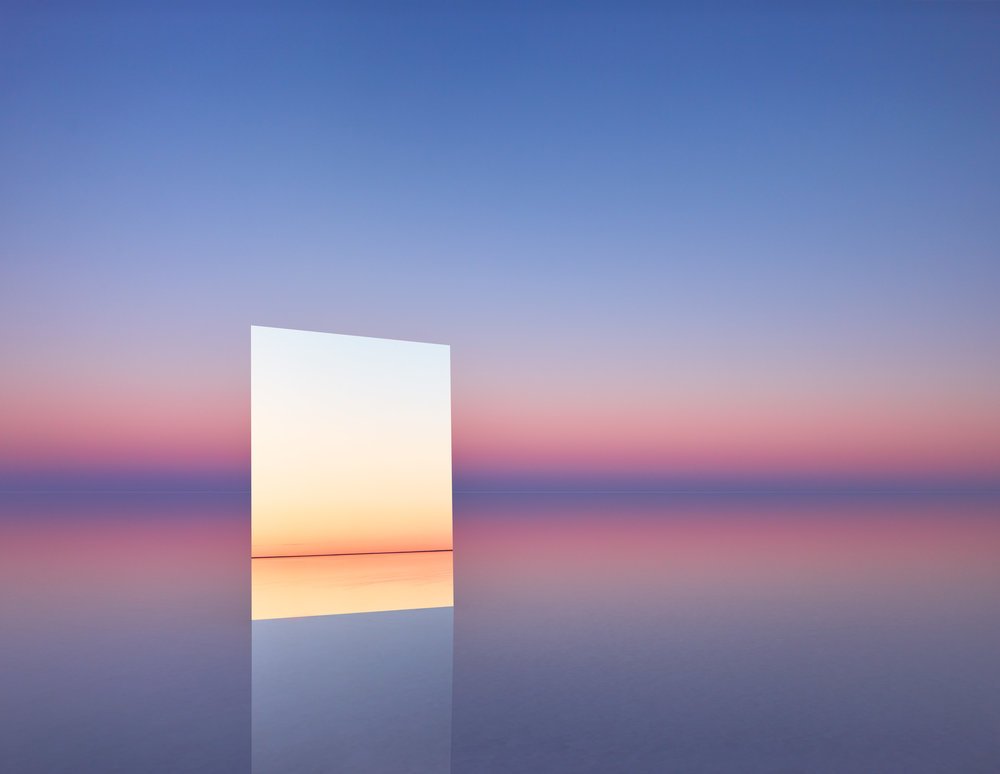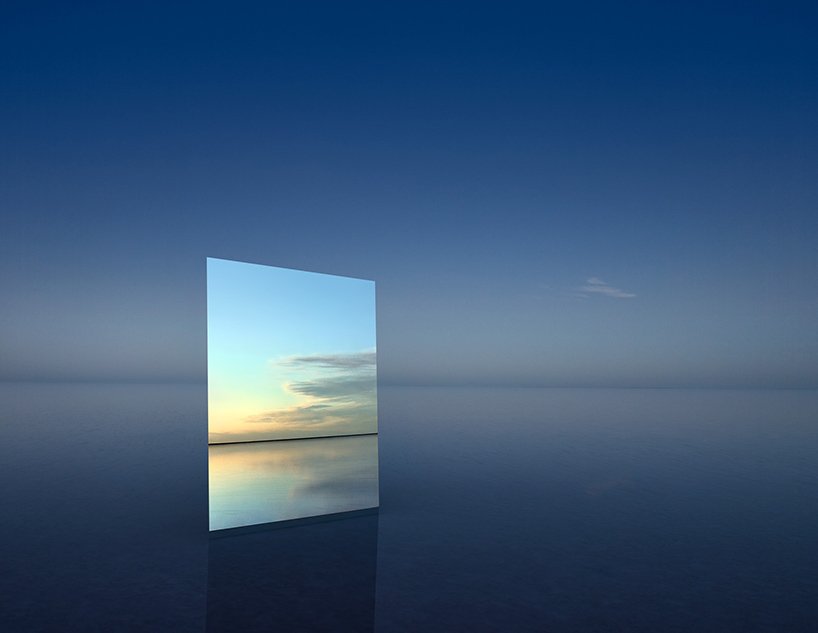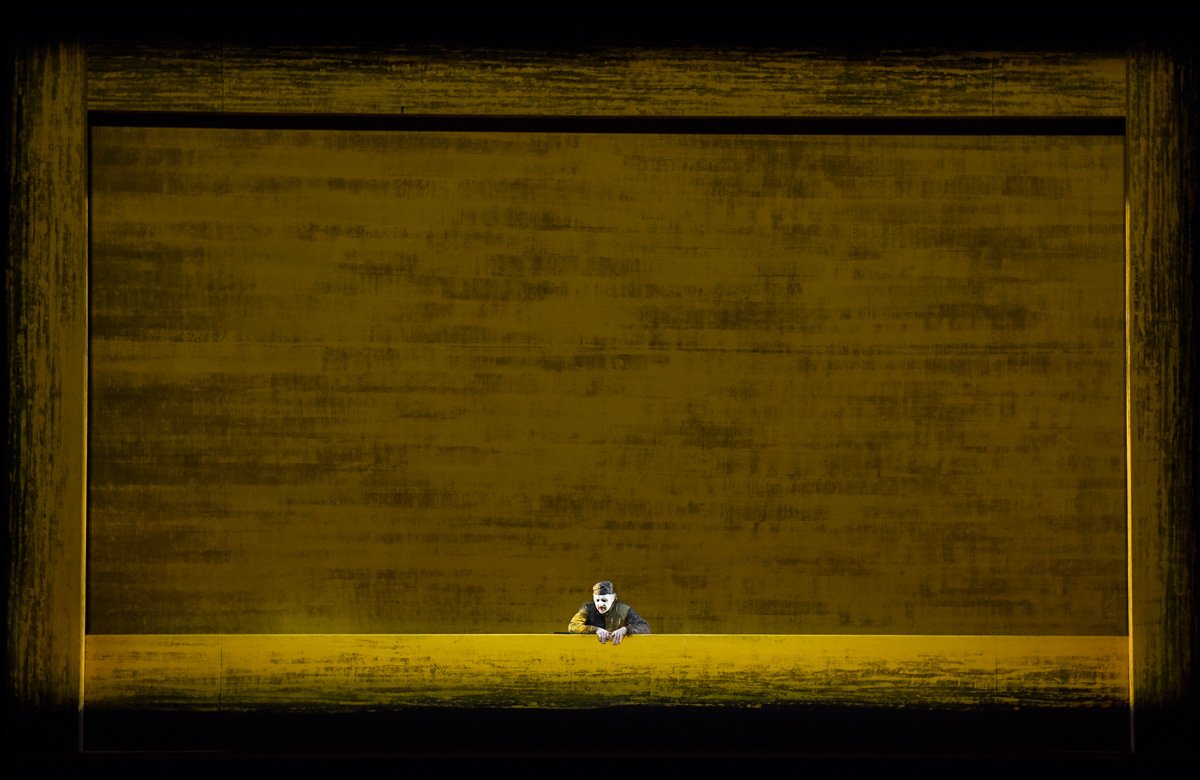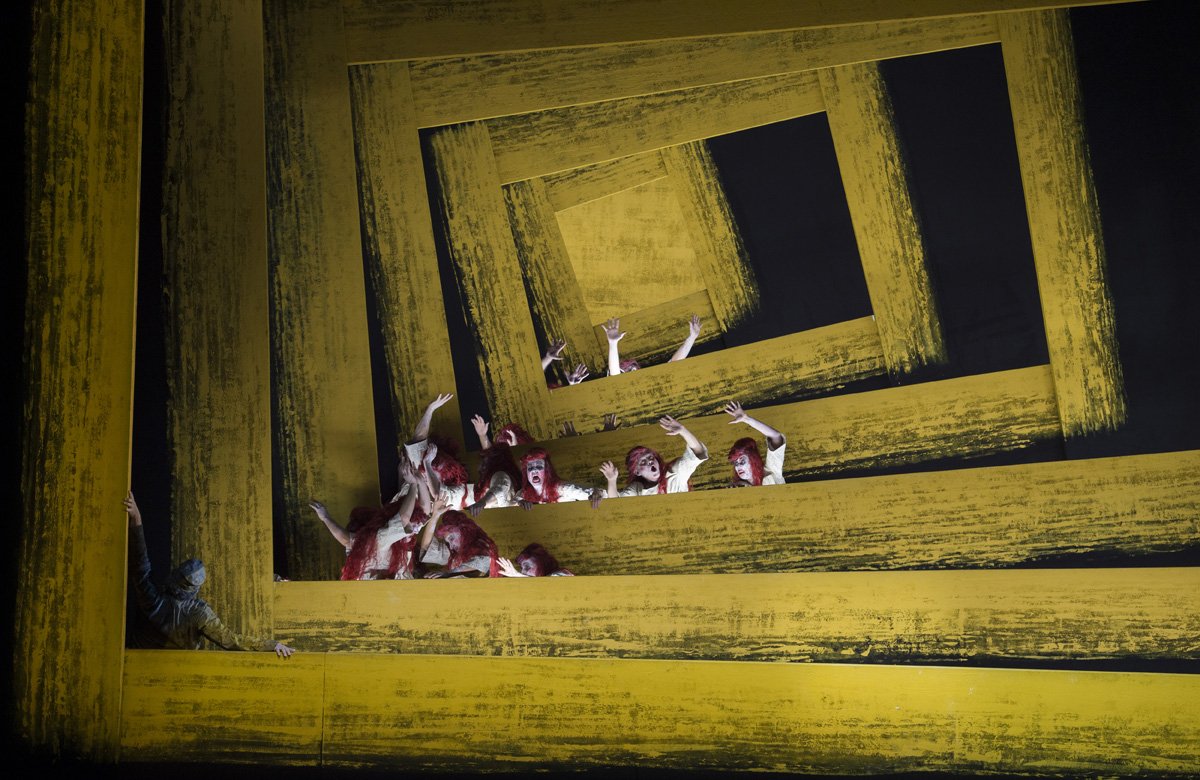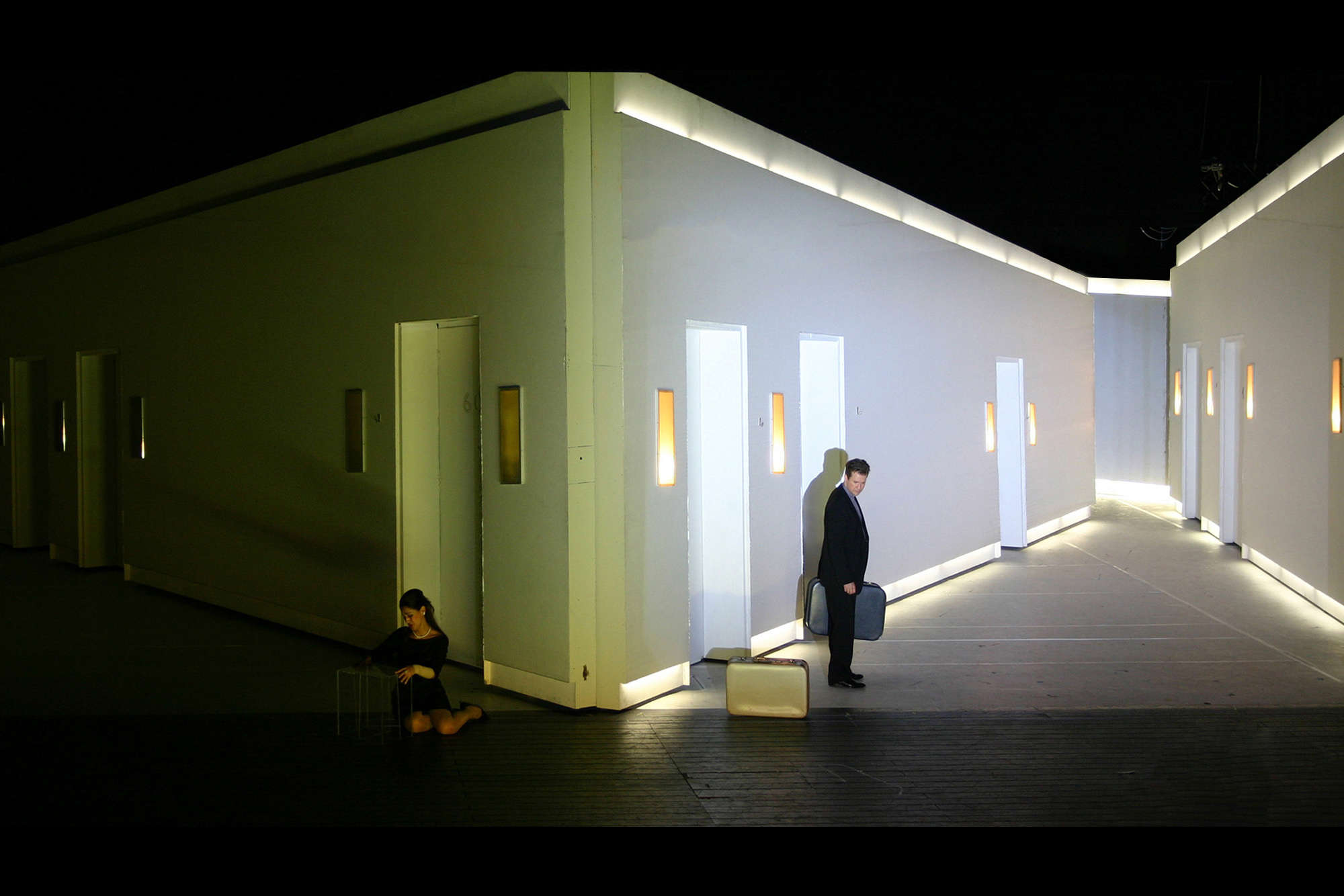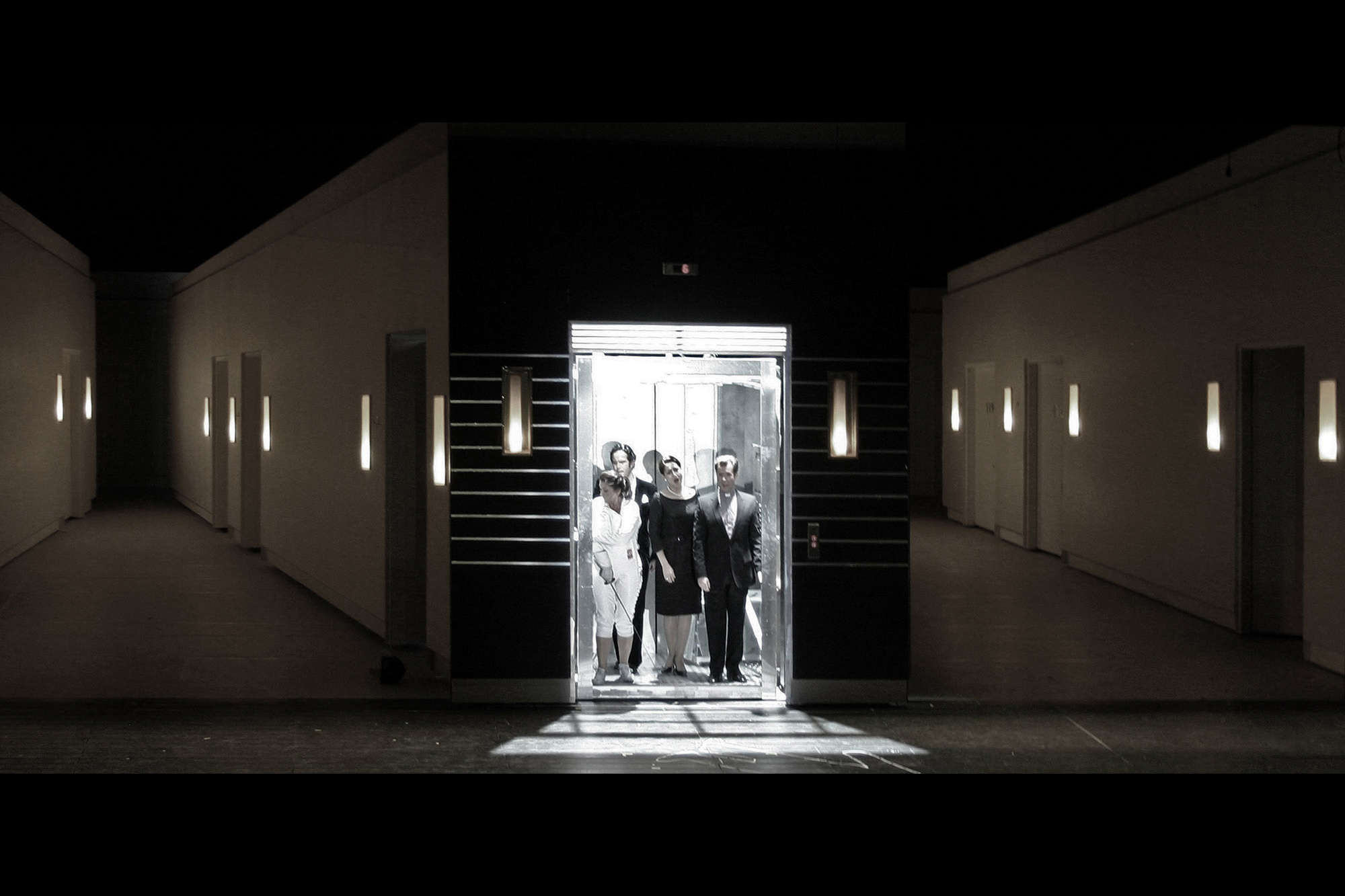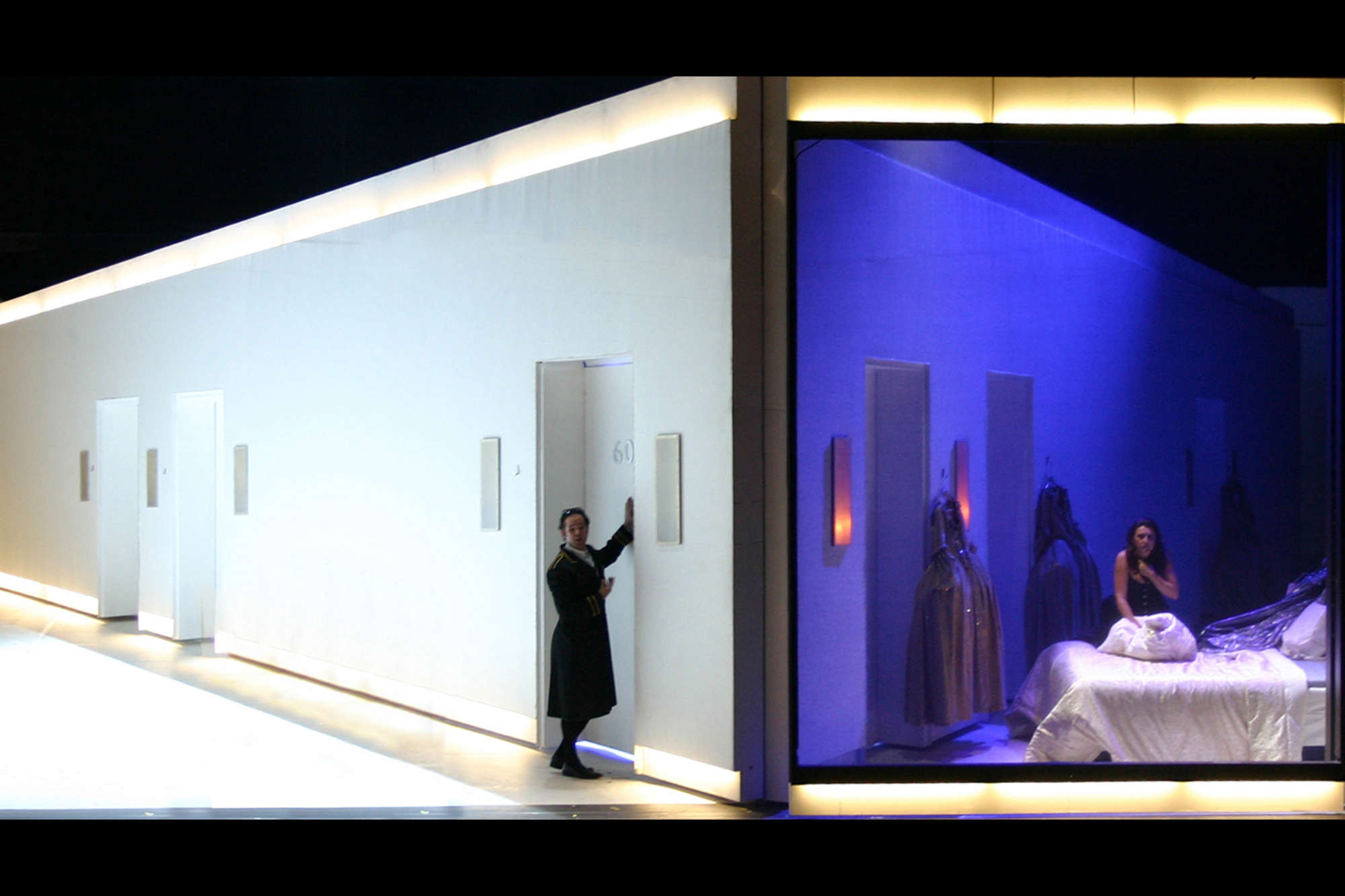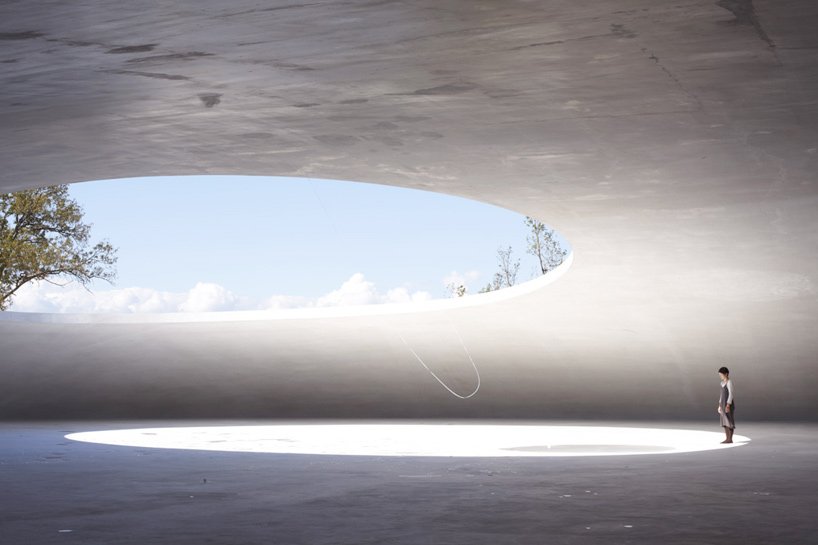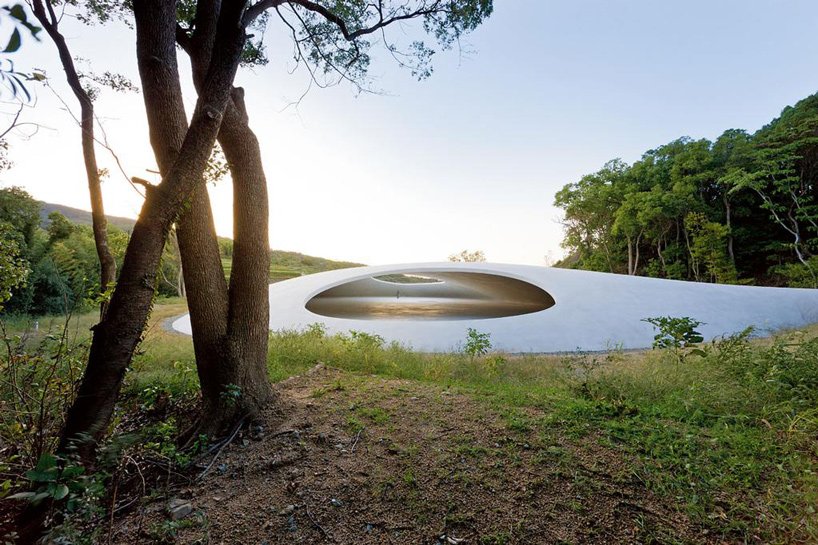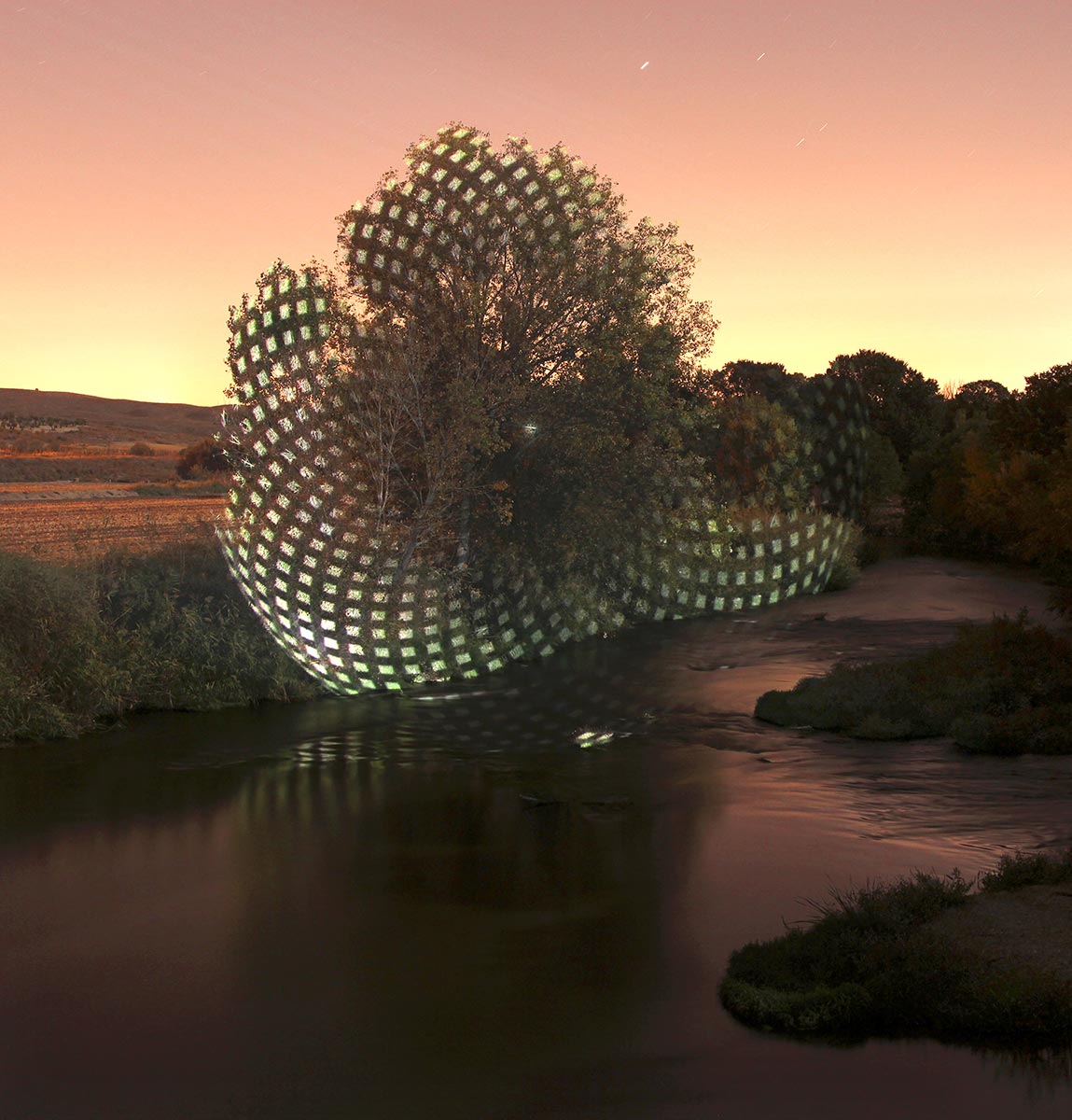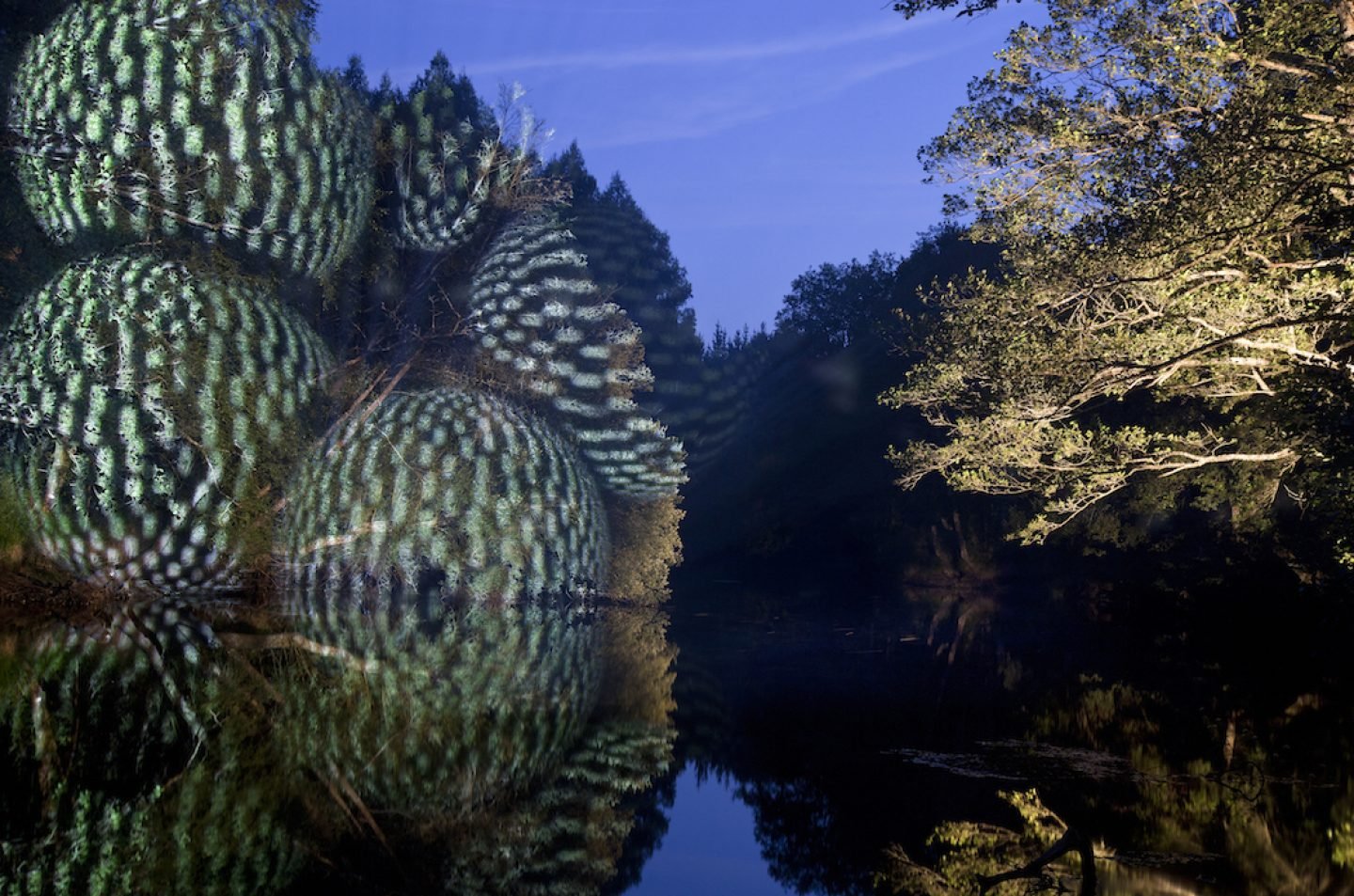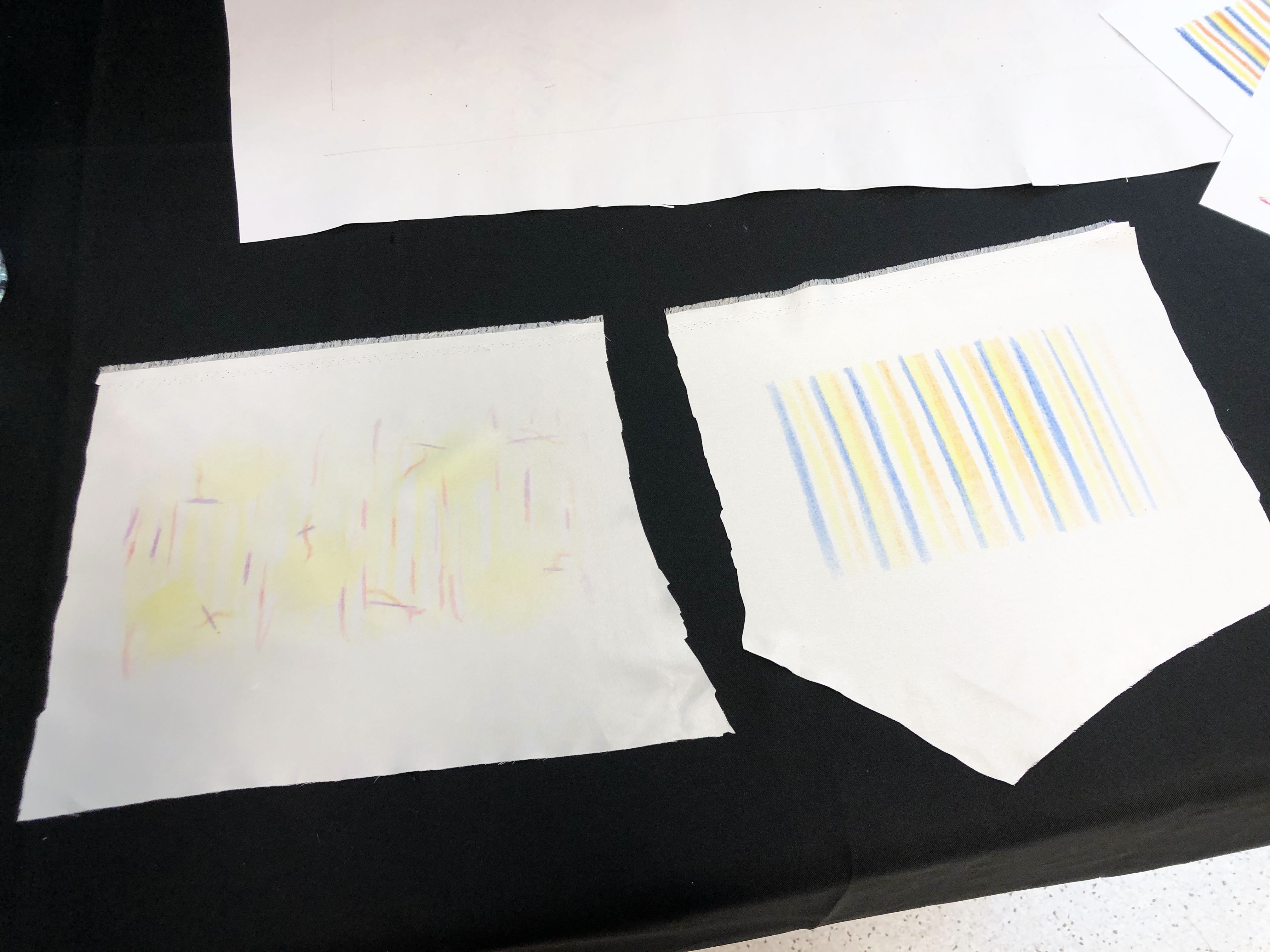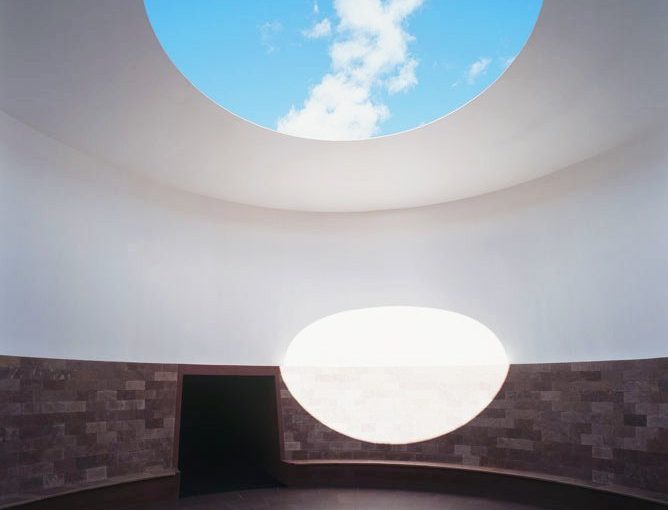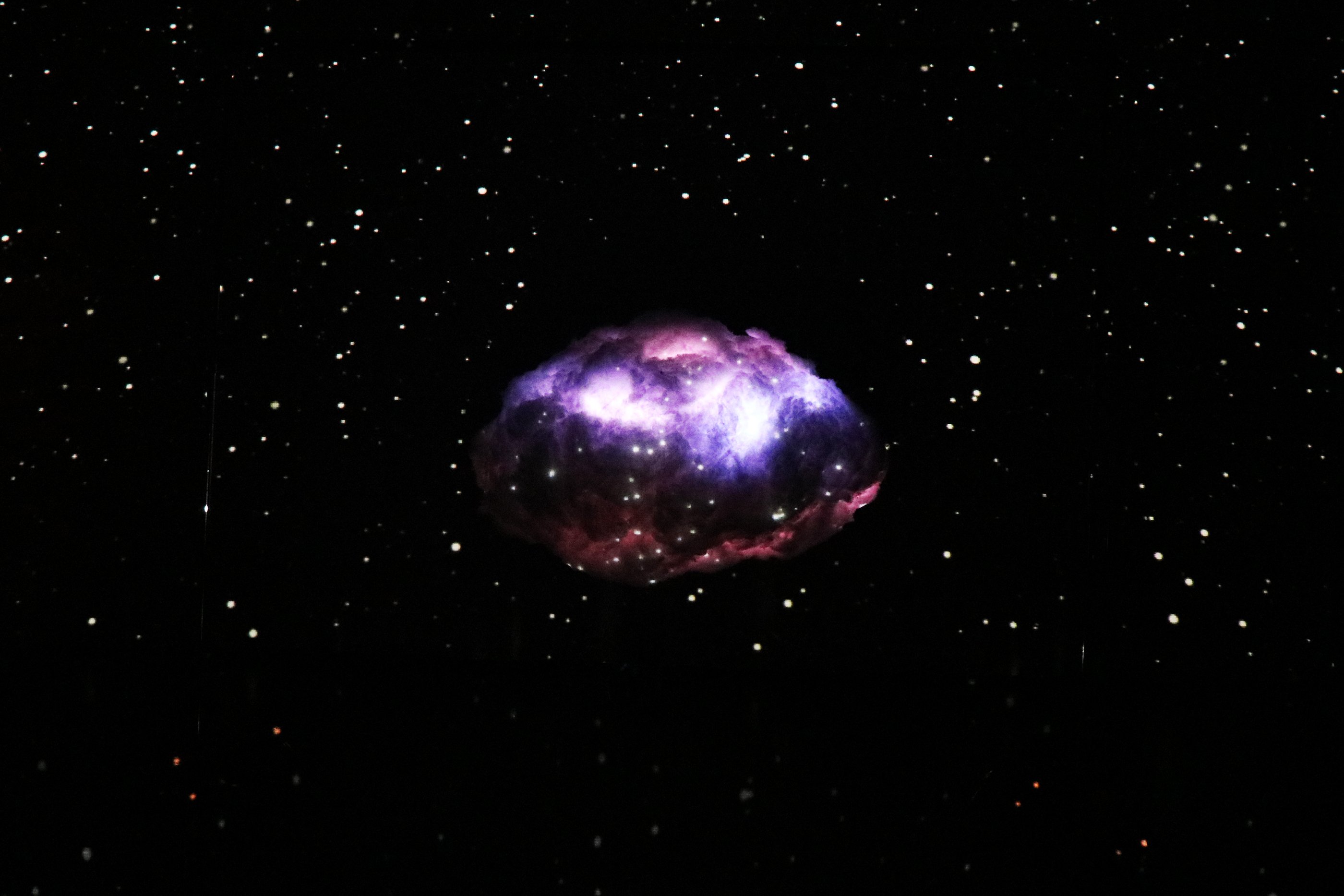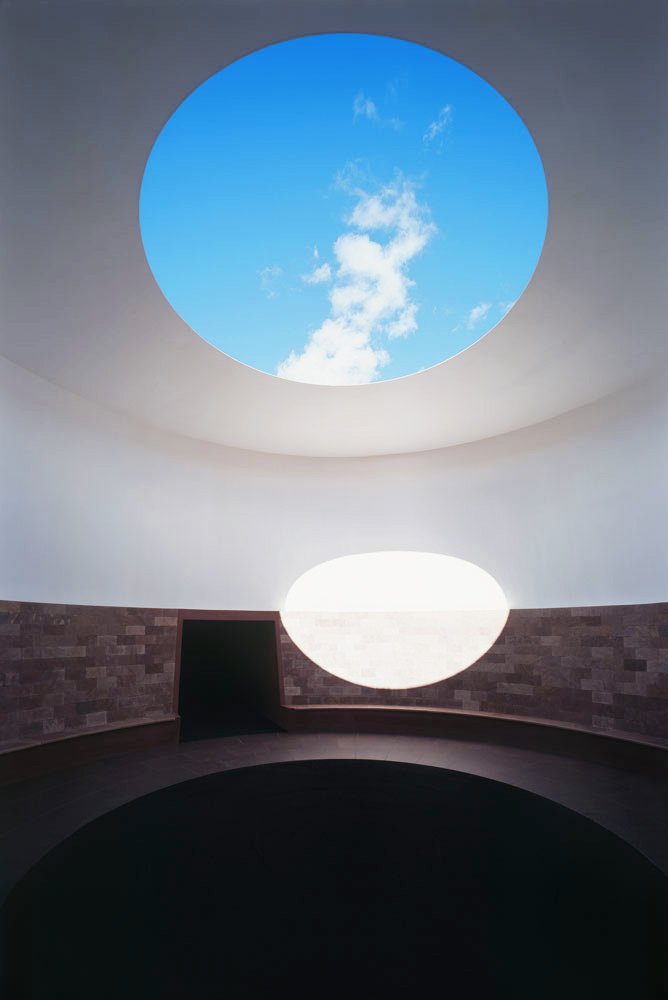On the first day of school upon seeing the art installation on our grass roof, I was confused and bewildered as I wondered what is this? The closest I could think of was some alien invasion related things, like those that are on Youtube. *Sorry Maestro*
But after attending the talk, I finally understood the meaningful significance of the symbol – The Third Paradise. The Third Paradise is a reconfiguration of the mathematical infinity sign made of three consecutive circles. The first is a paradise in which humans were fully integrated into nature. The second, an artificial paradise, developed by human intelligence to globalising proportions through science and technology. While the central circle, The Third Paradise, third phase of humanity, a balanced connection between artifice and nature.
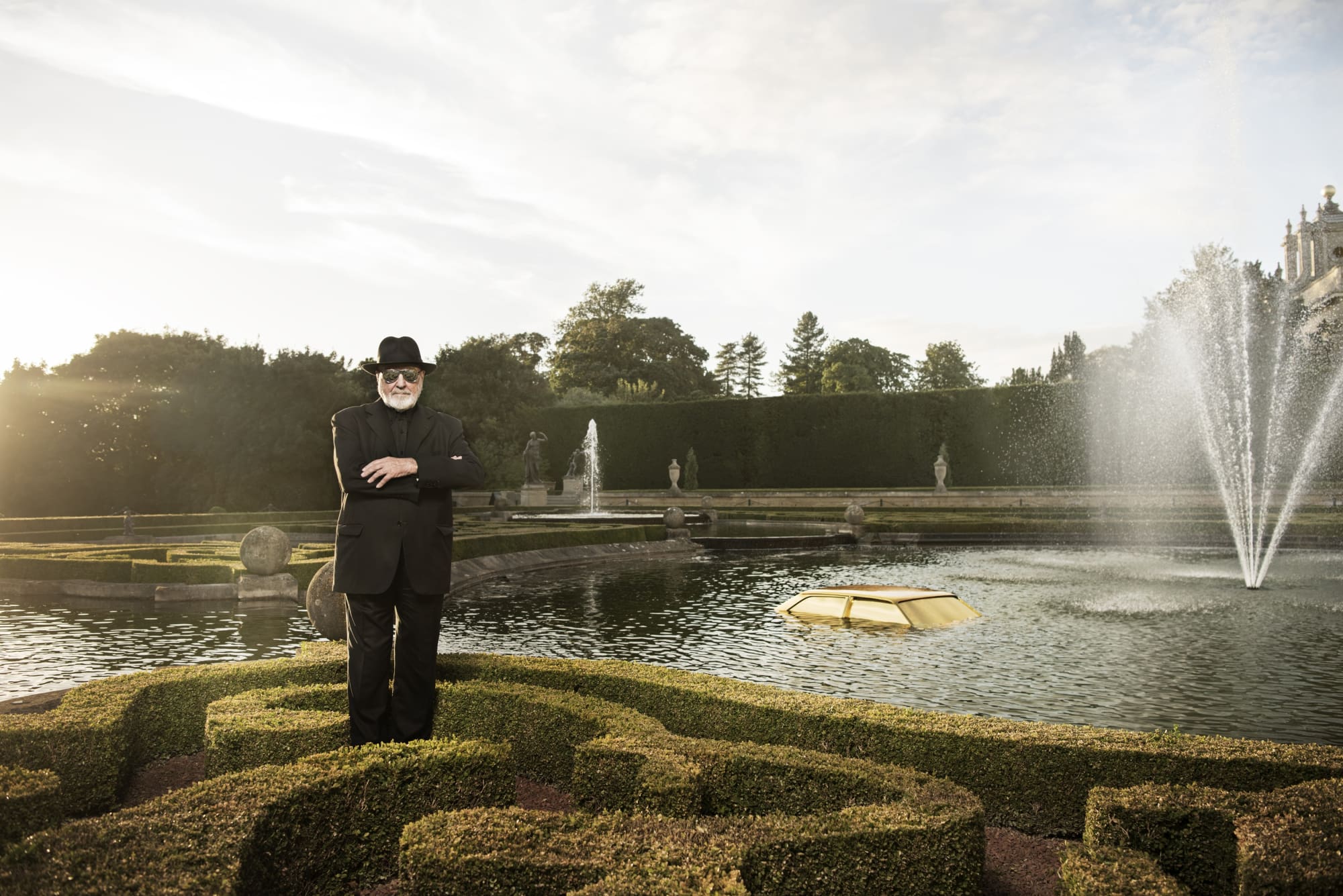
Pistoletto art is inevitable political. It involves the world in which we live in, how we relate to society around us, and the things we confront everyday. He started to develop the Third Paradise idea from the urgency in connecting the public with his work. The discovery in his art has brought him to integrate his vision into something larger – thus producing something for the society which evolved into The Third Paradise.

The Third Paradise today, is meaningful as it is about the interconnection between humans, nature, science and technology; a social movement on how we all can co-exist together to make a better world. We may not be able to back in the past, we should use technology as an advantage to go ahead without destroying ourselves. The symbol itself is symmetrical, balanced. This also shows that as individuals, we will need to find a balance between necessary limitations and our need for interconnection. We will have to find a way to live as individuals but also as a cooperative system.

Pistoletto’s Mirror paintings are one of his works that intrigues me the most. He was first inspired from his father, who was a painter back in the days. But then, after looking at his first ever portrait that was painted in glossy paint, he realised – why not use a mirror instead of a canvas? Wouldn’t it be easier to paint a self portrait if you are looking at the mirror directly? What a brilliant and simple idea I thought, and this became a famous work of today. By using a mirror as his canvas, this allows the viewer to “enter” the work/painting, bringing it to a whole new personal experience. Through the polished metal, he puts the symbols of society, the world and the people in his work. The mirror reflects history, but at the same time creates a kind of friction that opens the future.

Additionally, he was one of the leading figures of Arte Povera. Arte Povera is about what is essential, it’s the basic concept of life. It is re-introducing a dynamic relationship with nature, bringing nature back into the world in reaction against the man-made manufacturing process. His work, Venus of Rags, 1967, contained a marbled goddess statue, holding onto a bunch of rags that were initially used by him for cleaning his mirror paintings. In the context of migration and consumer excess today, the piece feels increasingly relevant.
“You feel the language of the material itself. You need that material to express yourself. For me, there is no difference between gold and rags. They are both useful. Marble and textile. The simplicity of the materials is also very important. We want to talk about simple things, not only about powerful complexity.”
And do you know, he established a holiday on 21 December 2012. It’s known to be the end of the world by the people he considers it to be the rebirth day. Therefore, making the symbolism of art comes to be a common element, a means of spreading an idea that should involve everybody.

